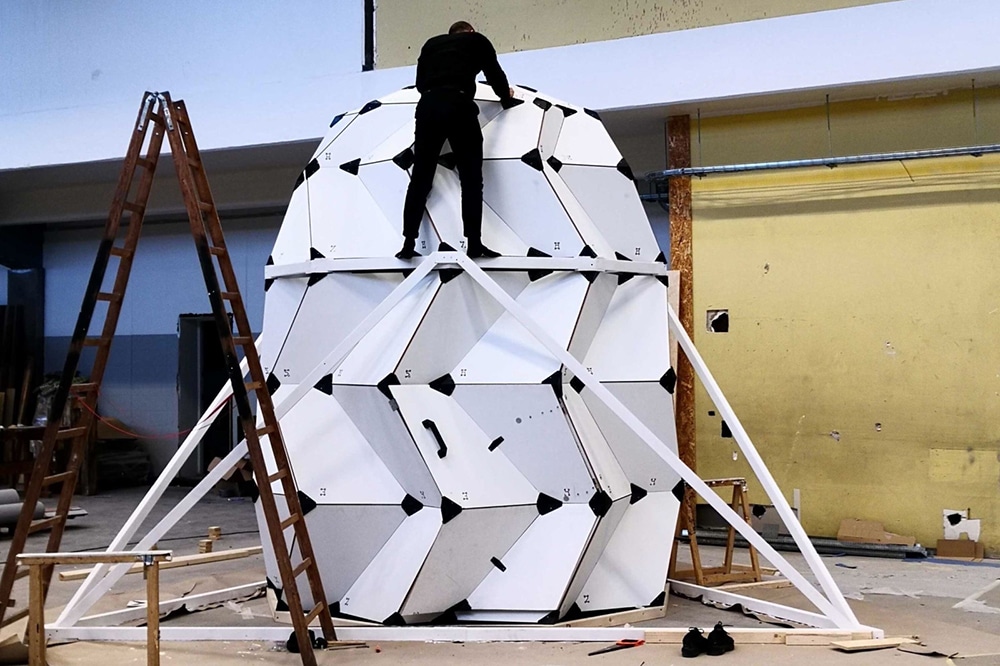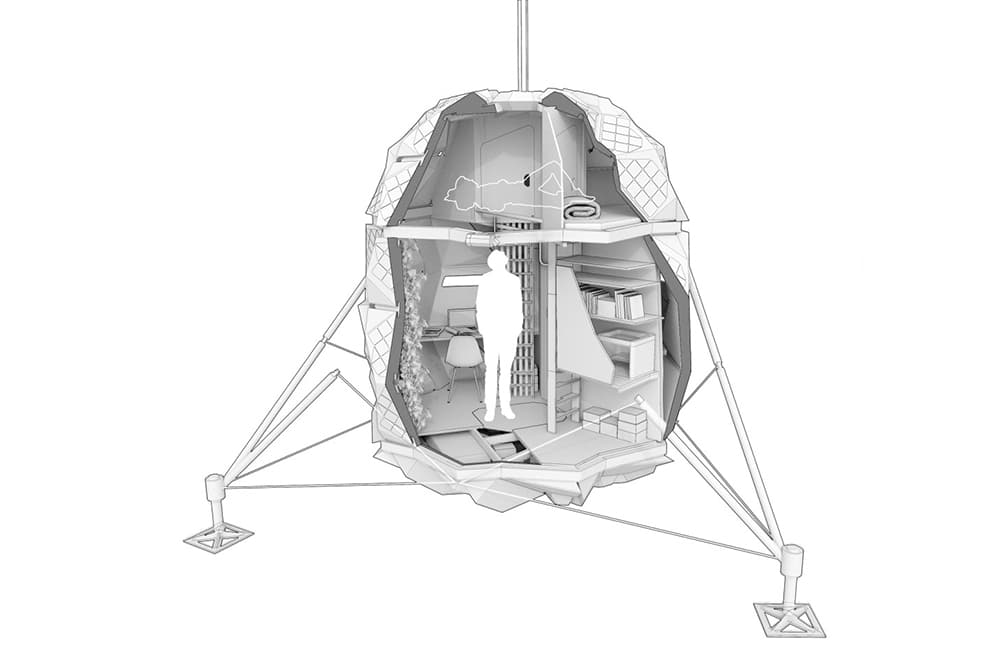Going to the Moon or Mars will be one of the biggest and most difficult tasks we have undertaken. No matter how close they are, pose a real challenge to all technology, especially immigrants who will face extreme conditions like they have never encountered on Earth.
There is a small architectural firm, SAGA Space Architects, in Denmark that has a big vision: to create functional dwellings for such extreme conditions. The firm was founded by Sebastian Aristotelis and Karl-Johan Sørensen, two Danish ‘space’ architects. The duo has designed a new ‘origami-inspired’ foldable shelter for future colonists on the Moon, which is being built independently and has everything necessary for a comfortable stay. This lunar module was named “LUNARK” and will be tested by designers in late 2020 in the harsh conditions of Northern Greenland.

If the project may seem a little absurd, it is a concept seriously considered by engineers thinking of ways to install a base on the night star.
The creation of the designers’ lunar module was clearly inspired by the Japanese art of folding paper figures – origami. One of the guiding thoughts was ‘interior like home, exterior like a tank.’ This battery-powered, two-person home consists of a strong aluminum frame as its exterior, which is covered in solar cells to maximize energy generation for the inhabitants. A total of 328 panels are attached to the light board, which are attached together by an airtight and flexible seam.

Inside the structure, there is everything needed for future shelter. It comes with a bathroom, living quarters with desks and shelving, and an on-board 3D-printer to produce new parts for the home that have been designed on a computer.
It is believed that the LUNARK module is capable of simulating different times of the day and that the colonists are not disturbed by circadian rhythms. The module will also receive a system for simulating various climatic conditions, such as hot summers, cold winters, and torrential autumn.
At the moment, the Lunark module exists only in drawings and in the form of a miniature paper model. The design team completed the project concept late last year, and in early 2020, they began developing a functional prototype.
The designers launched a campaign on the crowdfunding platform Kickstarter and planned to start the expedition will start in September which will last for three months. They have to live in conditions where hurricanes will rage outside the “shelter of the moon” and the air temperature will drop to -30 degrees Celsius.
The experience gained by the designers is expected to be useful for astronauts returning to the lunar surface in 2024, as part of NASA‘s Artemis program.
